Explain the following :
(a) Why MeNH⊕CH2 (I) is more stable more than MeCH2⊕CH2 (II) when both are 1∘ carbocations ?
(b) Which of the following intermediate is unstable ?
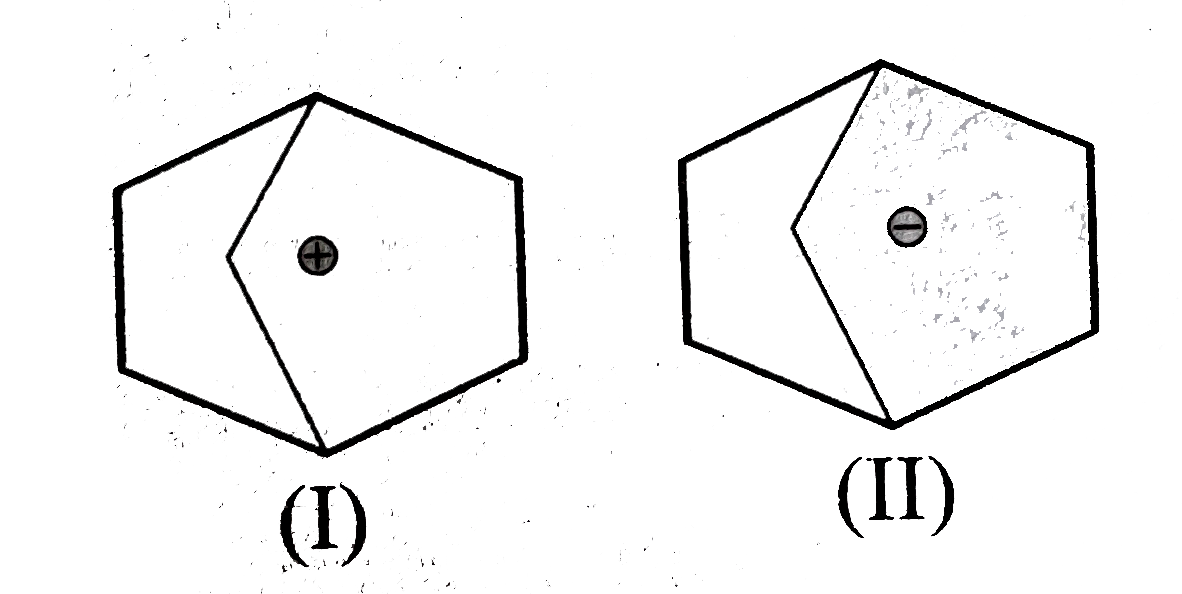
( c) Why allylic free radical (CH2−CH=CH2)(I) is more stable than propy1 free radical (.CH2−CH2−CH3)(II), when both are 1∘ free radicals ?
(a) In (I), positve charge on C atom is stabilised by resonance by the LP¯e,s on N atom.

So, (I) is more stable than (II)
(b) (I) 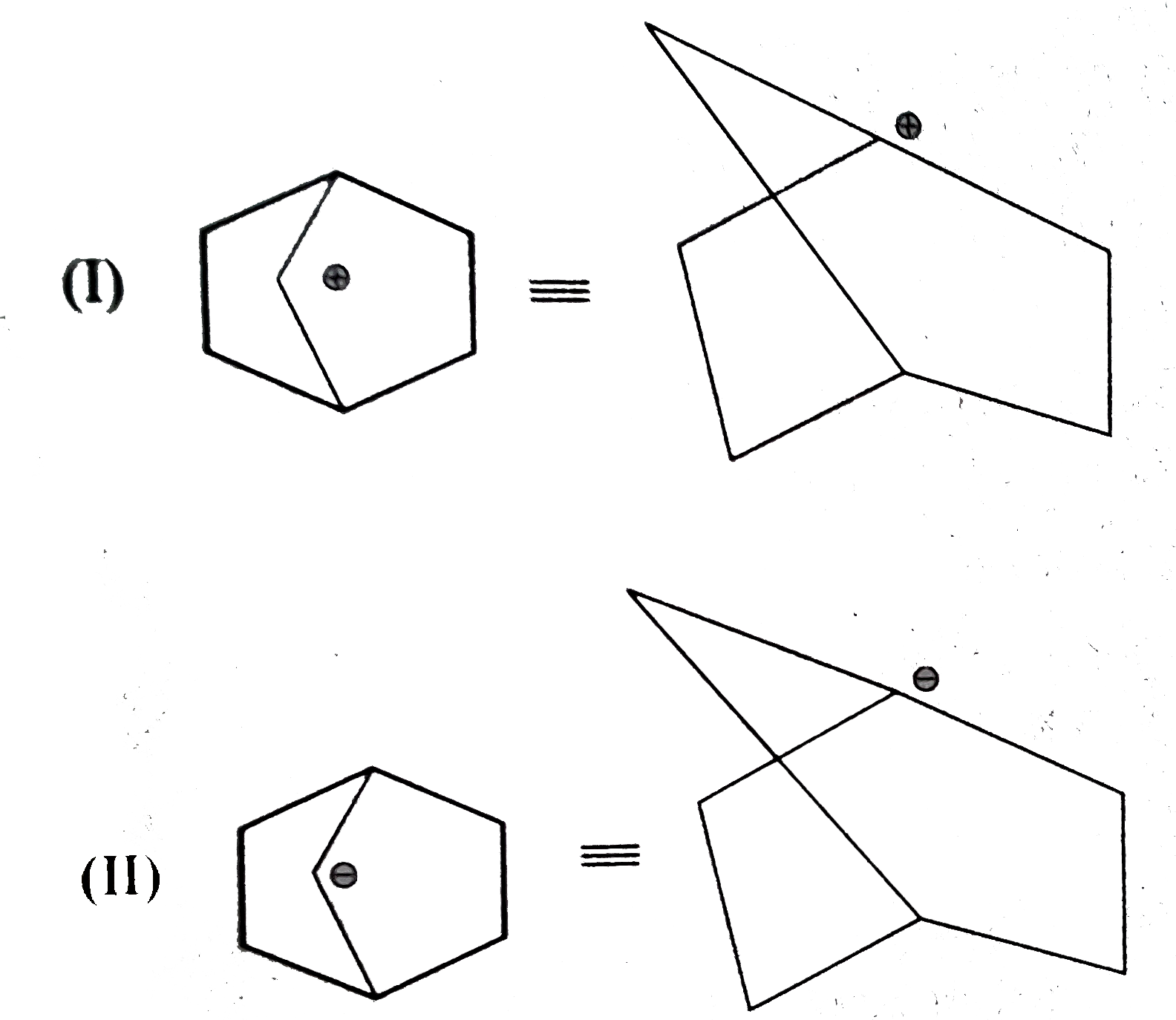
In (I), positive charge is present on bridgehead, so corbocation cannot attain planarity , hence (I) is less stable than (II).
( c) (I) is resonance stabilised, whereas (II) is not.
⋅CH2−CH=CH2↔CH2=CH−⋅CH2
≡⋅δCH2−−––––CH2−−––––⋅δCH2
(d) EDG stabilities carbocation, whereas EWG destabilises. ED power of : ..NH2(+R and −I)>−Me(+I and H.C effect), but +R>H.C>:.CH, triplet carbene have least tendency to release electron)>−NO2(−I and −R, net EW power).
So stability order is : IV>III>I>II
( e) (IV) is not feasible, because N is pentavalent with a positive charge.
(f) (II) is more stable since it has five α−H−atoms whereas (I) has three α−H−atoms. That is why (I) undergoes ring expansion by 1,2−HӨ shift. The shifts are always 1,2 not 1,3.
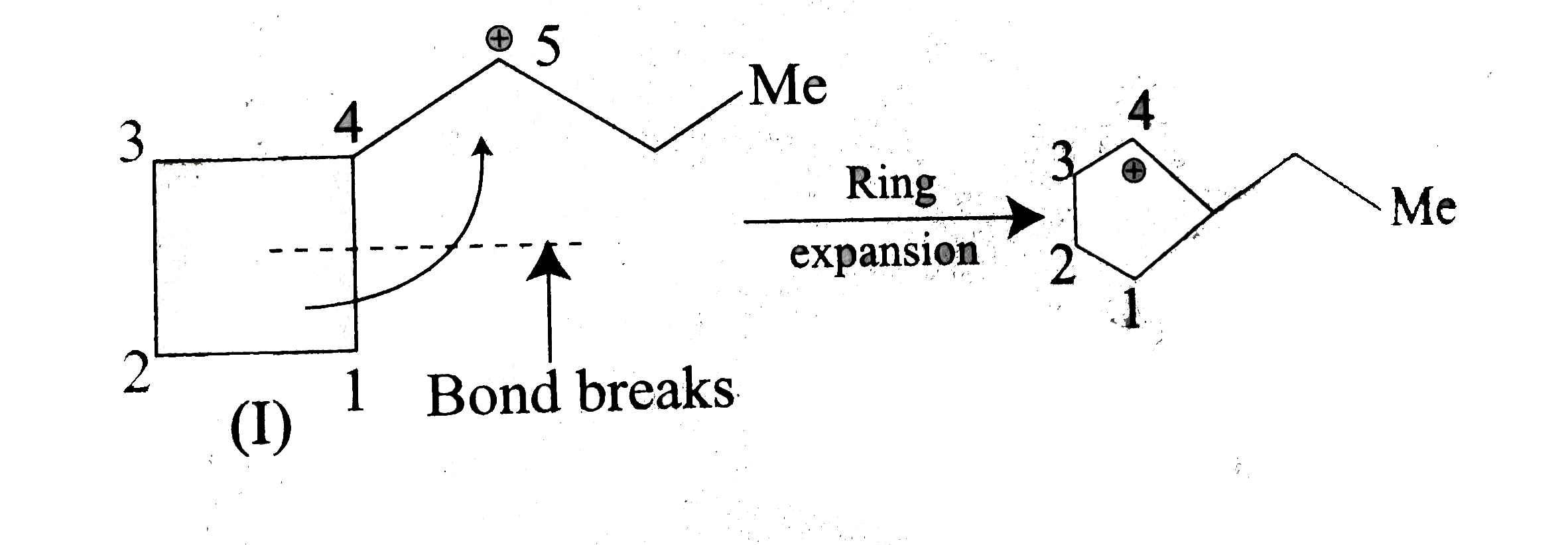
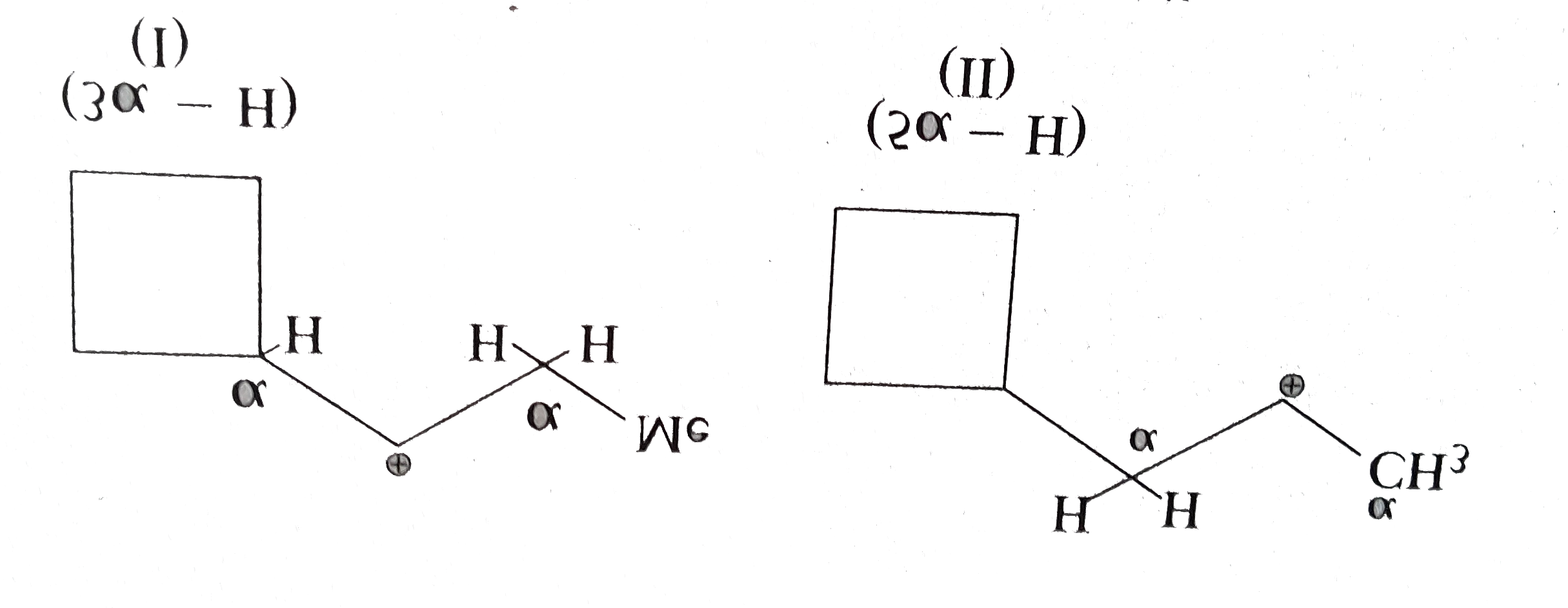
Related Playlists
- BOOK - CENGAGE CHEMISTRY ENGLISHCHAPTER - GENERAL ORGANIC CHEMISTRYEXERCISE - Subjective11videos
GENERAL ORGANIC CHEMISTRY
- BOOK - CENGAGE CHEMISTRY ENGLISHCHAPTER - GENERAL ORGANIC CHEMISTRYEXERCISE - Concept17videos
GENERAL ORGANIC CHEMISTRY
- BOOK - CENGAGE CHEMISTRY ENGLISHCHAPTER - GENERAL ORGANIC CHEMISTRYEXERCISE - Analytical and Descriptive1videos
GENERAL ORGANIC CHEMISTRY
- BOOK - CENGAGE CHEMISTRY ENGLISHCHAPTER - CLASSIFICATION AND NOMENCLATURE OF ORGANIC COMPOUNDSEXERCISE - Analytical and Descriptive Type3videos
CLASSIFICATION AND NOMENCLATURE OF ORGANIC COMPOUNDS
- BOOK - CENGAGE CHEMISTRY ENGLISHCHAPTER - HYDROGEN, WATER AND HYDROGEN PEROXIDEEXERCISE - Subjective Archive (Subjective)3videos
HYDROGEN, WATER AND HYDROGEN PEROXIDE
Similar Questions
Explain why (CH3)3+Cis more stable than CH3+CH2 and CH3 is the least stable cation
View SolutionExplain why glycerol (CH2OH.CHOH−CH2OH) is more viscous than ethyl alcohol (C2H5OH)?
View SolutionExplain the
⋅CH3 is more reactive than CH3CH2 free radical.View SolutionConsider the following free radicals. (I)-CH3−CH2 , (II)- Ph−CH2 (III)-Ph−CH−CH3 The decreasing order of stability of the given free radicals is
View SolutionStatement-1: CH3CH2⊕CH2 is less stable than CH3−N∣H−⊕CH2
and
Statement-2: Carbocation with adjacent hetero-atom like N O are less stable .View SolutionArrange the following in the order as mentioned :
+CH3CH3+CH2,(CH3)2CH+,(CH3)3+ C carbocations in the order of increasing reactivity,View SolutionStatement-1: CH3−O−CH2 is more stable than O=O∣N−CH2
Statement-2: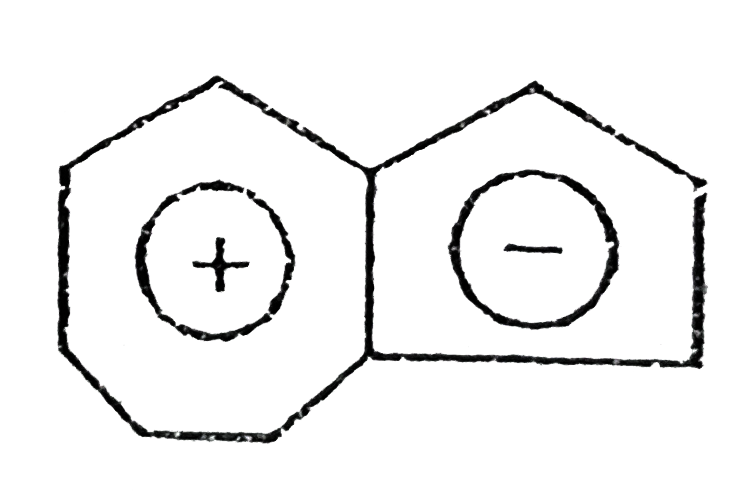 is antiaromatic molecule
is antiaromatic molecule
Statement-3: Phenoxide is more stable than ethoxideView SolutionWhich of the following is expected to generate more stable carbocation on the heterolysis of C-I bond?
CH3−O−CH2−I,<br>CH3−H∣N−CH2−IView SolutionGive the decreasing order of the stabilities of the following free radicals :
(a) Ph.CHPh
(b) Ph.CHCH=CH2
( c) Me.CHMe
(d) Ph.CHMe
( e) MeCH=CHCH2.CH2
(f) Et−.C−Me2.View SolutionComplete the following free radical addition equation
.RO+CH2=CH−CH3→View Solution


